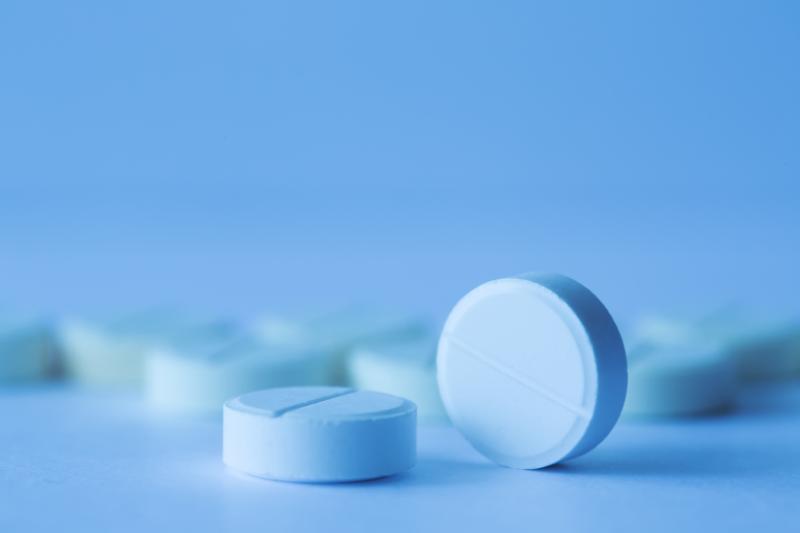
Aspirin use in adults results in lower fracture risk and higher bone mass density (BMD) at the spine and the hip, according to the results of a meta-analysis.
Researchers searched multiple online databases for studies evaluating the effect of aspirin in terms of fracture risk or changes in BMD (measured by dual energy X-ray absorptiometry [DXA]) in men and women. Data on aspirin dose and duration were obtained either via self-report or identified through prescription histories. Fracture outcomes included the number or rate of any fractures confirmed by imaging, while BMD outcomes comprised measures of bone mass of the whole body as well as at the total hip, proximal femur, femoral neck, and spine or lumbar regions.
The meta-analysis included 12 studies, with data pooled using random-effects models. Risk of bias was assessed using the Joanna Briggs Institute Critical Appraisal Checklists for observational studies.
Aspirin use reduced the odds of any fracture by 17 percent (odds ratio, 0.83, 95 percent confidence interval [CI], 0.70–0.99; I2, 71 percent; six studies; n=511,390).
Compared with nonusers, aspirin users also exhibited a higher total hip BMD, which was true for both women (standardized mean difference [SMD], 0.03, 95 percent CI, −0.02 to 0.07; I2, 0 percent; three studies; n=9,686) and men (SMD, 0.06, 95 percent CI, −0.02 to 0.13; I2, 0 percent; two studies; n=4,137), although these associations were not significant. Results were similar for lumbar spine BMD in women (SMD, 0.03, 95 percent CI, −0.03 to 0.09; I2, 34 percent; four studies; n=11,330) and men (SMD, 0.08; 95 percent CI, −0.01 to 0.18; one study; n=432).
The researchers pointed out that although the reduction in fracture risk was small, such reductions might yield considerable benefits at a population level, given the widespread use of aspirin and the high prevalence of undetected low bone density.